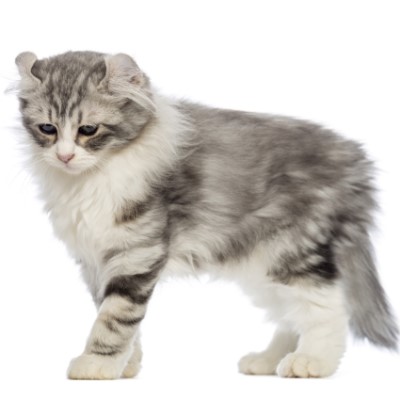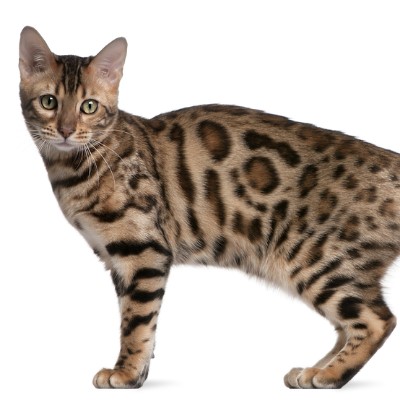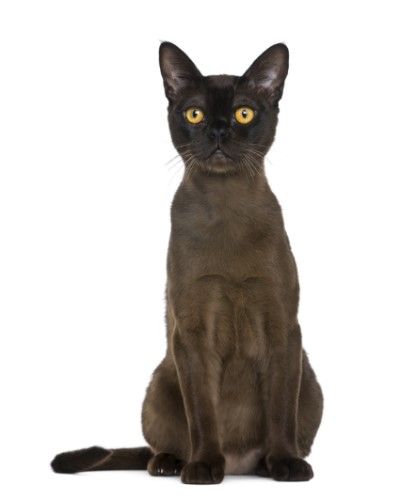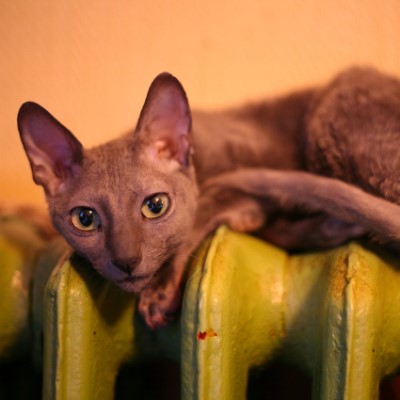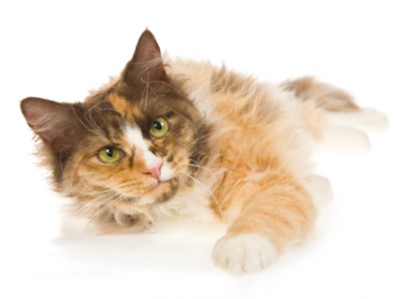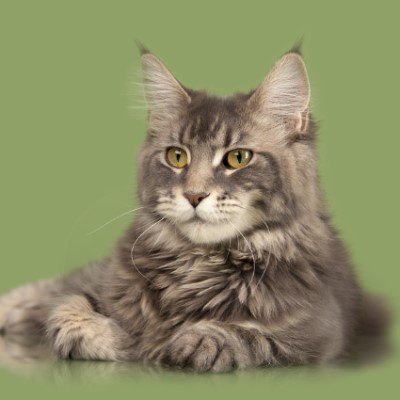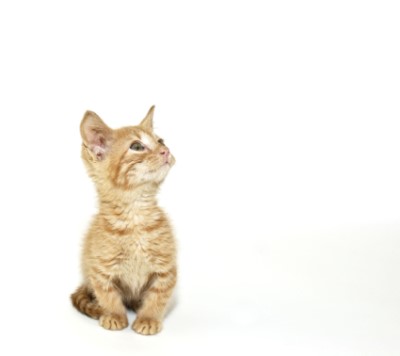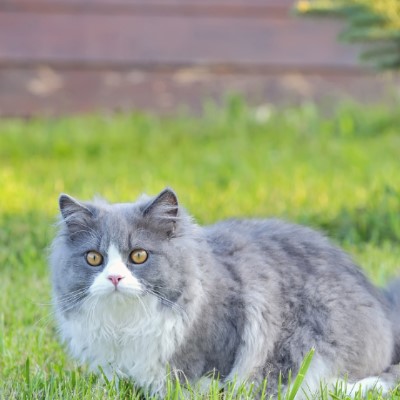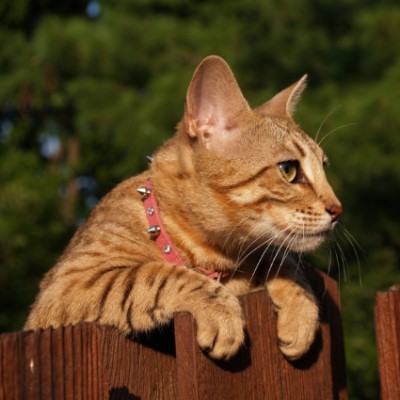Common Reasons for Surrender
Many Himalayans are surrendered to rescues and shelters because people simply do not do their research before adopting. Himalayans are a high maintenance pet, requiring regularly grooming and veterinary care. If you are not financially able or willing to pay for veterinary expenses, you may want to opt for another cat breed.
Pros
Himalayans have rightfully earned the reputation as couch potatoes, although many have playful streaks as well. Gentle and laidback, they crave attention from their humans. Shower your Himalayan with adoration and affection, and she’ll be at her happiest. Most are social albeit quiet. Those who have opened their home to the Himalayan often fall in love with their sweet nature and find it irresistible not to adopt another.
Cons
Himalayans are high maintenance cats, which can be a turnoff for some people. A Himalayan may require brushing every day, depending on the type of coat, and more likely than not will need his eyes cleaned daily. Known as “Princesses,” Himalayans tend to be finicky about their food and the people with whom they spend their time. You’ll have to find just the right litter and litter box to keep your Himalayan happy.
Diet
Experts recommend feeding your Himalayan a predominately or a completely wet food diet. Food, whether it is wet or dry, should never contain grains. Always feed the highest quality food that you can afford. Higher quality foods generally consist of human grade ingredients and the nutrients a cat needs to live a healthy and a long life.
Treats are fine as long as they are given in moderation. For the healthiest treat options, find foods that contain L-Lysine.
Exercise
Couch potatoes or not, Himalayans must have at least some exercise each day. Schedule at least one playtime each day. If your Himalayan starts behaving badly, try adding more play time to help her expend energy and keep her mind and body fit. Give your cat plenty of toys with which to play, and encourage playing with the ones in which she shows the most interest.
Possible Health Issues
Himalayans are prone to several health issues, which could potentially require expensive veterinary bills, including eye problems such as entropian eyelids and ulcers, kidney disease, urinary tract infections, dental disease, heart murmurs, ringworm, and urinary crystals. Reputable rescues and breeders should be able to provide you with a good idea of what issues a Himalayan may have and whether he is healthy before you adopt.
Litter
Your Himalayan will have her own preferences for litter. Generally, however, an unscented litter that clumps is ideal. Purchase the biggest box you can fit in your home as your cat will appreciate the space. Most cats do not like covers over their litter boxes, so a litter box without a cover generally works best.
Grooming
Himalayans have different coats and all require regular care. If you don’t want to groom your cat, you will need to find a professional groomer to do so for you. If your Himalayan has a longer coat, he will require brushing daily while shorter coats need brushed at least two or three times each week. To avoid regular brushing, you or a professional groomer can give your Himalayan “a lion cut.”
You will also need to clean your Himalayan’s eyes once or twice daily if his face is extremely flat. If your Himalayan doesn’t have a flat face, simply clean his eyes when tears begin to accumulate. Your Himalayan may also require a sanitary cut to help keep her rear end clean. Food often gets stuck in the Himalayan’s neck fur with litter sticking in paw pads, so keep an eye out for such issues. You will also need to trim your cat’s nails and clean his ears as needed.
Training
Himalayans, while not known for their intelligence, can be trained to do basic commands using clicker training.
Entertainment
Never allow your cat outdoors alone. It’s not safe, and there are plenty of ways to keep her entertained inside. Many cats love batting crinkly and other balls while wands are also popular. Provide your Himalayan with a cat tree or other options to climb and hang out. As couch potatoes, they’ll also be just as happy hanging out on the couch or wherever you are.
We want to thank Seattle Persian and Himalayan Rescue for help with this profile.


